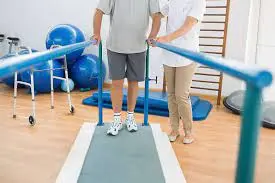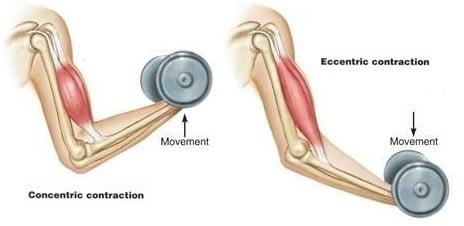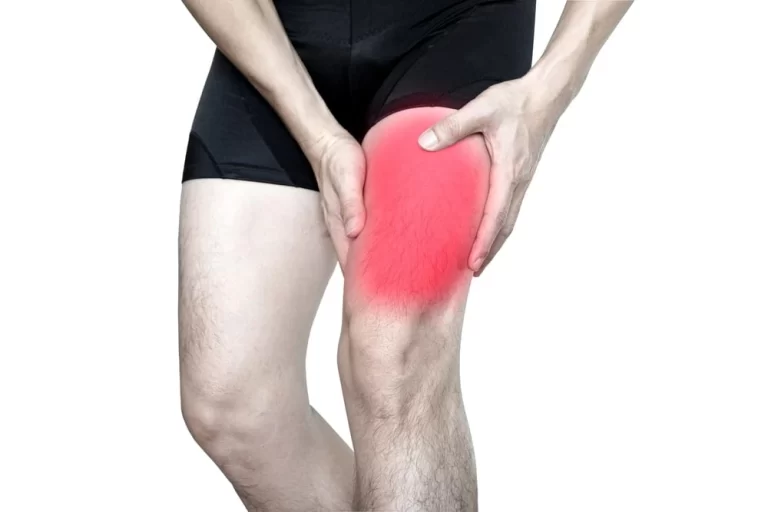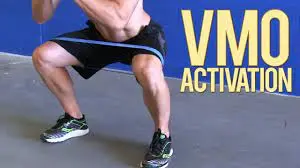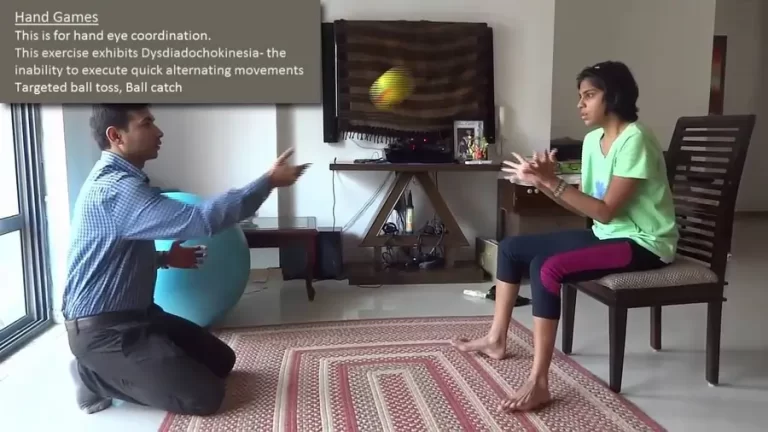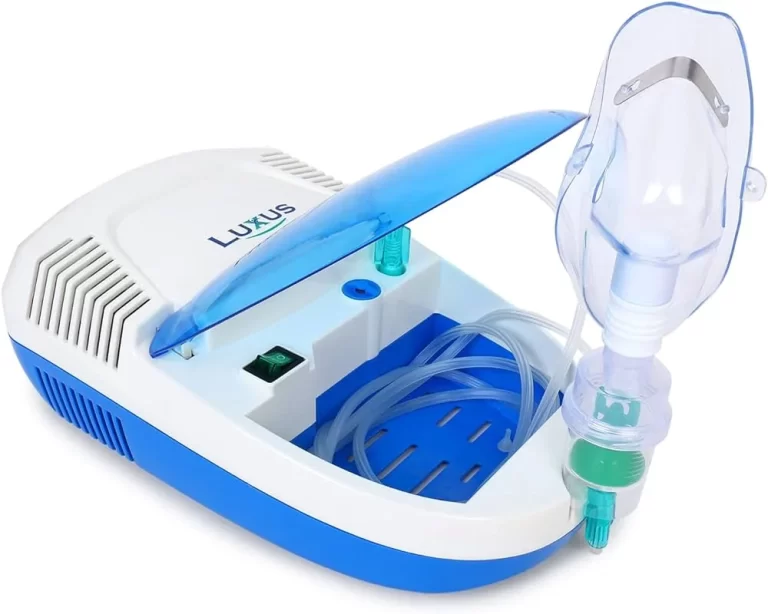Gait Training: Physical Therapy to Improve Walking
Introduction Gait training is a physical therapy method that enhances walking patterns and mobility. It is frequently used to assist persons who are recovering from injuries or surgeries, or who have disorders that limit their ability to walk. Your physical therapist will design a series of exercises called gait training to improve your walking. Enhancing…

